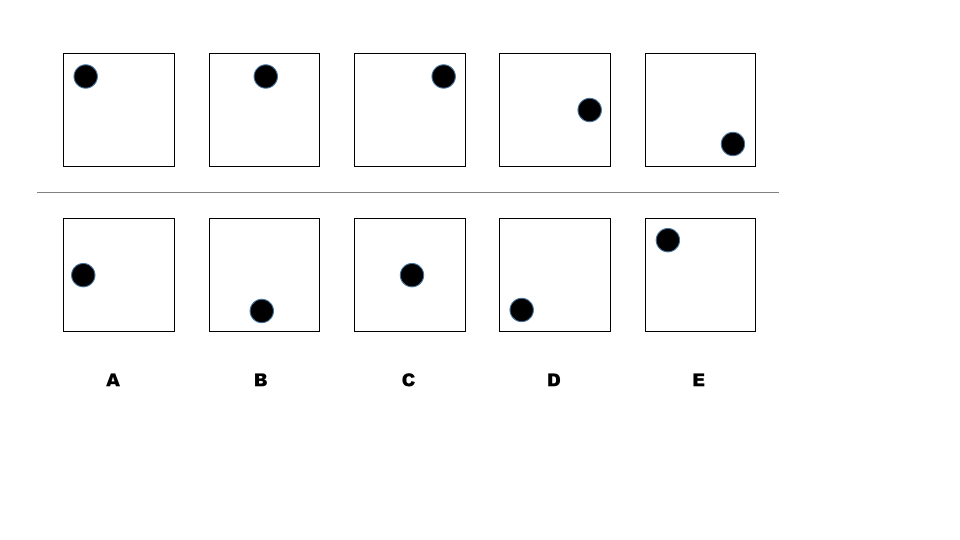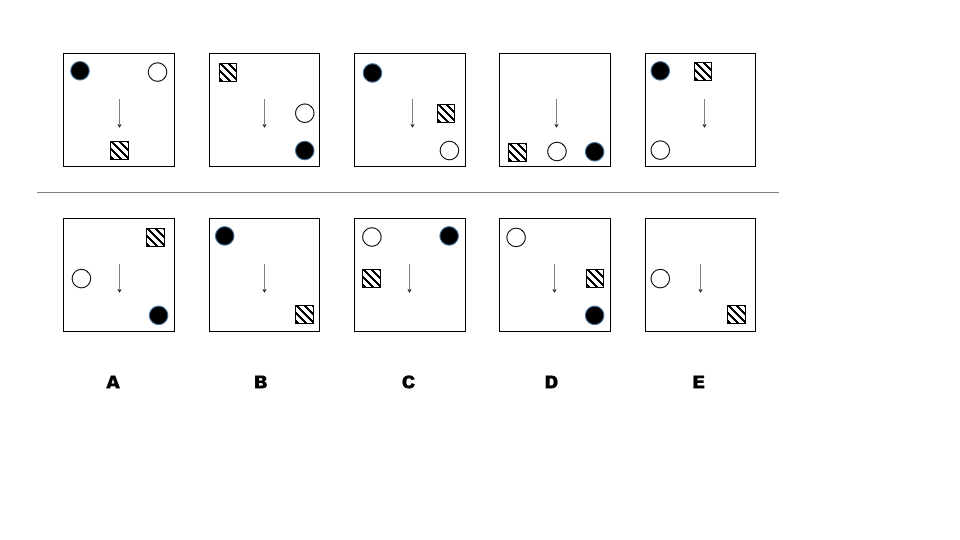Inductive Reasoning Test
Inductive reasoning tests are designed to examine a candidate’s abstract reasoning ability; their ability to see patterns and consistencies in data and to work flexibly with unfamiliar information.
One of the main benefits of inductive reasoning tests is that they are not dependent upon language, which makes them a good tool for assessing international candidates or candidates for whom English is not their first language. Moreover they are usually very good for predicting problem solving ability, which is imperative in many jobs.
Practice Inductive Reasoning Questions
Inductive reasoning questions typically involve a number of diagrams or pictures. The candidate must identify what the pattern, rule or association is between each item and then use this to select the next item in the sequence, or to identify the box missing from the sequence.
While inductive reasoning questions test your ability to think broadly and creatively about a set of data, there are some techniques that you can use to help you. We will explore these in the practice questions that follow below.
Items that move around
There are many variants on this theme. On the most basic level, the elements move around within the box and you need to understand why they are moving in the order they are.
Question 1: Which box is next in the sequence?

In the example above, the black circle is moving around the box in a clockwise direction, each time moving half of the length of the box. This means that the next box in the sequence is B.
In many cases there will be multiple items that move around within the box and each will have its own sequence rule. This is shown in the question below.
Question 2: Which box is next in the sequence?

In this instance there are three rules. The black circle is moving backwards and forwards between the top-left corner and the bottom-left corner. The white circle is moving anti-clockwise around the box half a side at a time. The stripy square is moving clockwise around the box, moving one and a half sides each time. The arrow is irrelevant as it doesn’t change. The correct answer is therefore E.
This also illustrates a trick to watch out for – the black circle has become invisible because it is now behind the stripey square.